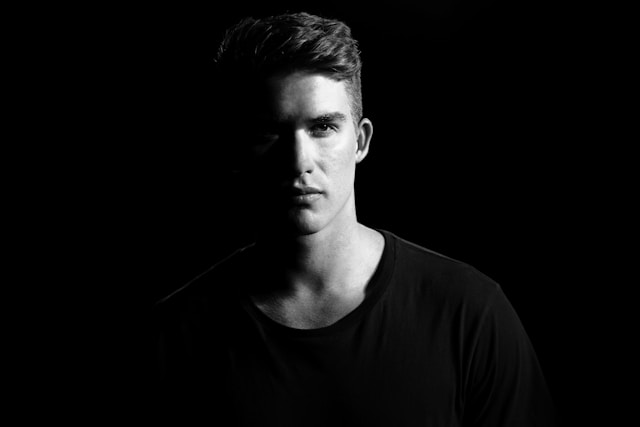The Ritual (2017) Ending Explained
TL;DR: The Ritual (2017) follows four friends who encounter a pagan Norse cult and a monstrous deity called Jötunn while hiking in Sweden. In the end, Luke, the sole survivor, refuses to submit to the cult's worship rituals and kills their leader, but is ultimately spared by the Jötunn when he shows genuine fear-a trait the monster values. The ambiguous ending leaves Luke screaming in the woods, possibly cursed or forever hunted by the creature. The film blends psychological horror with folkloric terror, leaving key questions unanswered about the Jötunn's origins and Luke's ultimate fate.
Detailed Explanation of the Ending
The climax of The Ritual sees Luke (Rafe Spall) as the last remaining member of his group, forced to confront the cult that worships the Jötunn, a monstrous offspring of Loki from Norse mythology. After being captured, Luke is given a choice: kneel and worship the creature or die. In a moment of defiance, he stabs the cult leader, Moder, in the eye, rejecting submission. However, instead of killing Luke outright, the Jötunn examines him closely before letting him go. This pivotal moment suggests the creature values genuine fear over forced devotion, as Luke's terror is raw and unfeigned-unlike the cult's hollow worship.
Luke staggers out of the forest, reaching a road where he collapses, screaming. The final shot lingers on the treeline, implying the Jötunn is still watching him. This ambiguous ending leaves Luke's fate uncertain-has he truly escaped, or is he now marked by the creature? The film's conclusion leans into folk horror traditions, where survival doesn't equate to freedom. The Jötunn, an ancient and capricious deity, may have spared Luke as part of a larger, inscrutable design, or simply because his fear amused it. The open-ended nature of the finale ensures the horror lingers beyond the credits.
Unresolved Questions & Possible Answers
Why did the Jötunn spare Luke?
- It respected his authentic fear, unlike the cult's performative worship.
- It may have "claimed" him as a future vessel or plaything.
- Luke's defiance entertained it, as Loki's offspring are tricksters.
What is the Jötunn's true nature?
- A literal Norse deity, as the cult believes.
- A primal forest spirit that preys on guilt (Luke's trauma over Rob's death).
- A manifestation of psychological torment, blurring reality and hallucination.
Does Luke survive after the final scene?
- Yes, but he's traumatized and possibly hunted.
- No-the Jötunn lets him "escape" only to prolong his suffering.
- The scream implies a cyclical fate, like the cult's previous victims.
Psychological vs. Supernatural Horror
The film cleverly intertwines Luke's guilt over his friend Rob's murder with the Jötunn's predatory behavior. Early scenes suggest the creature exploits trauma, as Luke sees Rob's corpse in its branches. The ending's ambiguity fuels debate: is the Jötunn real, or a manifestation of Luke's unresolved grief? The cult's existence supports the supernatural interpretation, but the psychological layer adds depth. By sparing Luke, the monster may be reinforcing his guilt, ensuring he never truly escapes-either literally or metaphorically. This duality elevates The Ritual beyond a mere creature feature.
Folkloric Themes & Norse Mythology
The Jötunn, named "Moder" (Mother), is rooted in Norse lore as a child of Loki, associated with chaos and deception. The cult's rituals-forcing sacrifices to "kneel"—mirror pagan submissions to unpredictable gods. The ending subverts expectations: instead of a heroic victory, Luke's survival feels like a Pyrrhic escape. The forest itself is a character, an ancient entity that demands reverence. By not explaining the Jötunn's rules or motives, the film preserves its mythic terror, akin to folklore where deities operate beyond human logic.
Personal Opinion
The Ritual succeeds as a cerebral horror film with a haunting finale. The Jötunn is a standout monster design, and the ending's refusal to provide closure is chilling. Luke's arc-from cowardice to defiance-feels earned, but his scream leaves a lasting unease. I appreciate the Norse mythology woven into modern horror, though some may crave more answers. The film's strength lies in its ambiguity, making the horror feel ancient and inevitable. It's a refreshing take on folk horror, where survival isn't a triumph but a darker kind of condemnation.
Would I want a sequel? Only if it preserves the mystery. Some horrors are best left unexplained.
